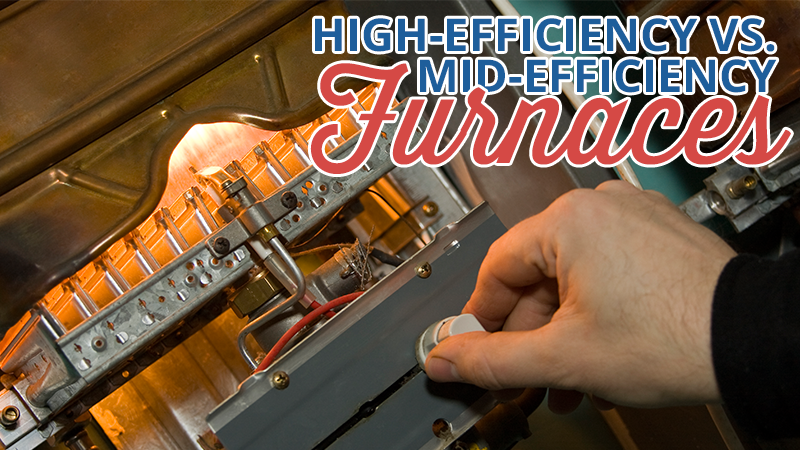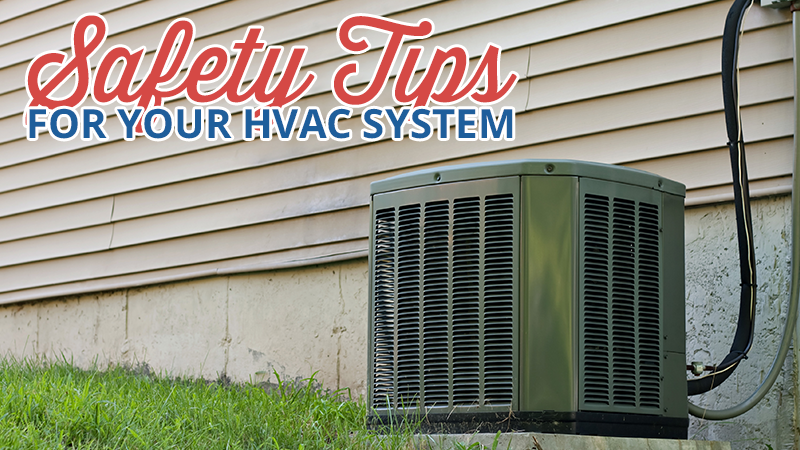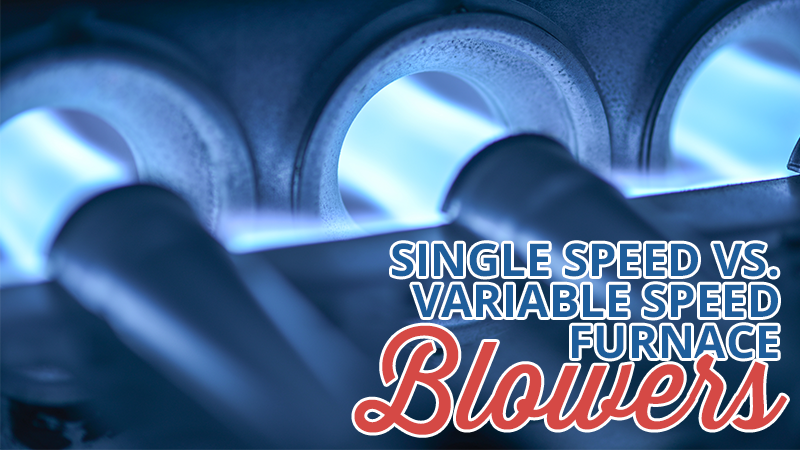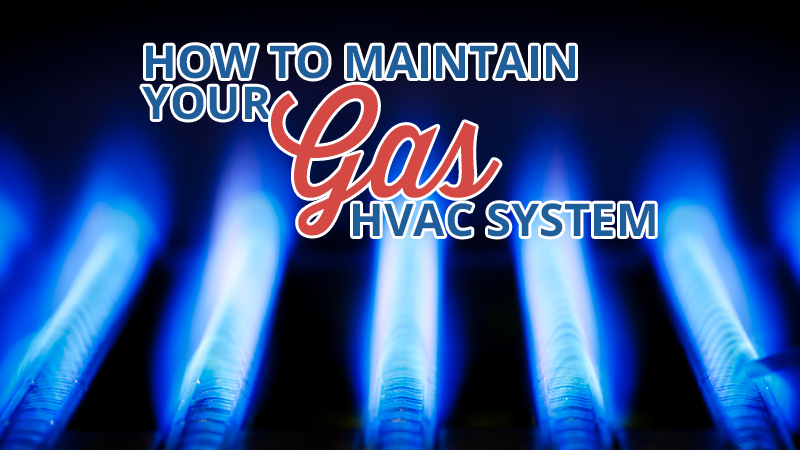
by RevContent | Mar 10, 2016 | Furnace
For many homeowners, the heating bill is one of the most expensive utilities they pay. Heating costs can take up to 35 percent of a family’s annual utility bill. With fuel and energy prices so volatile, many families have decided to invest their remodeling dollars into high-efficiency heating systems that are advertised as a great way to save both fuel and money. Before making this investment, however, it’s important to understand what you’re actually getting for your money. In some cases, these systems cost hundreds or thousands of dollars more than “traditional” or mid-efficiency heating systems. That has caused many consumers to wonder if they’re really getting a good return on their investment. There are actually two ways to measure the efficiency of a heating system. Understanding how these measurement systems work will help you to determine the best heating system for your home and family. Steady-State Efficiency One of the most common methods of determining the actual efficiency of a heating system is to look at its steady-state efficiency. Steady-state efficiency is a measure of the usable heat created by a heating system. In order to create heat, all furnaces burn fuel. As long as that fuel is the same from furnace to furnace, it’s going to produce nearly identical levels of heat. How that heat is pumped through the house and how much of it is lost to the surrounding environment, however, can determine its steady-state efficiency. When computing this figure, a lot more than just the ductwork in the house comes into account. Furnaces that need to turn on and off more often tend to be less...

by RevContent | Jul 1, 2016 | HVAC Contractor
Your heating and cooling appliances help keep your home comfortable throughout the year, but without regular inspection and maintenance, they can become a threat to your family’s safety. These tips can help you keep on top of necessary maintenance and the professional attention these appliances need to remain safe and efficient all year round. Maintain Your Heating and Cooling Systems In addition to boosting your energy efficiency and, thus, saving you money during operation, proper maintenance can help prevent common safety issues with a heating and cooling systems. Here are some basic tasks you need to stay on top of: Clean and replace the air filter regularly. Clogged filters can result in toxic carbon monoxide fumes leaking into your home. Replace furnace filters once every three months and AC filters once per month during the summer. Clear blockages and debris. Remove weeds and overgrowth within a 2-foot radius of your HVAC unit and have your technician check for blocked or faulty pressure release valves on your boiler. Prevent electrical fires. You can inspect all of your electrical cords for fraying or cuts and ensure none of them are buried beneath rugs or furniture. Plug window AC units directly into a wall, never an extension cord. And make sure your technician checks for loose connections — these can be dangerous and often occur with the natural heat expansion and contraction in heat pump units. Use a surge protector. In the event of a power surge, this device will shut down your heating and cooling unit to prevent damage to the system. Keep Your Family Safe Kids and pets need to be kept away from...

by RevContent | Mar 24, 2016 | Furnace
While many homeowners spend a lot of time calculating the right BTUs required to keep their home warm all winter long, some still overlook the importance of the right furnace blower. Choosing between a single speed furnace and a variable speed furnace is tricky, but it’s worth figuring out before you order your next set of furnace upgrades. Consider the benefits and requirements for each type of blower to match the right equipment to your home. Single Speed Blowers As the name suggests, single speed blowers are either on or off and run at maximum speed when on. This gets the air moving around your house, but it doesn’t work as well when you’ve got dozens of small rooms, multiple floors or a zoned heating system. You’ll also notice a louder rush of air when these blowers start up. They are the most affordable option, and many furnaces feature single speed blowers as a standard feature. You’ll spend more over the life of the single speed blower on electricity to keep it blowing because it runs at its maximum power draw every time it switches on, unlike models with more in-depth controls. Two-Stage Units A simple upgrade to a dual-speed blower fan is well worth the cost of calling an HVAC contractor to handle the installation. With a high and low setting, you can better control how quickly each part of the home heats up. Most models integrate with the thermostat for automatic speed switching, and many two-stage blowers can be used for continuous air circulation. This is a technique in which you keep the blower fans running constantly...

by RevContent | Jan 14, 2016 | Furnace, HVAC Contractor
Keeping your home toasty warm in the winter is serious business, and you want to be sure you’re getting the very best heating option for your particular circumstances. The two key types of heating sources prevalent in America today are a heat pump and a furnace. While both options are excellent for different reasons, depending on your needs, one is bound to jump out as the perfect solution for you. Type of Fuel and Efficiency Heat pumps are powered only by electricity while furnaces have a range of different options. If you live somewhere without easy access to natural gas, propane or fuel oil, and aren’t interested in chopping wood for a wood furnace, your only option is an electric heat pump. If you live in the city, you will definitely have more options. Heat pumps are much more energy efficient when compared to a gas fireplace. Where You Live Depending on the part of the country that you live in, one particular type of heating mechanism may be better than the other. Heat pumps are best for locations that have relatively mild winters as they can lose efficiency when the temps get too cold. Electric heat is not able to keep up with extremely cold weather, so a furnace is your best option if you’re high in the mountains or in the northern states. Safety While both heating options are quite safe, the heat pump has the added benefit of not producing carbon monoxide gases. Heat pumps don’t have any combustible parts either, unlike a furnace. Furthermore, the air quality may be better with a clean-running heat pump....

by RevContent | Dec 17, 2015 | Furnace
If you have a gas HVAC system, you know that it has many benefits, such as energy efficiency and fewer greenhouse gas emissions. You might even think that your gas heating system is maintenance free. While it does typically require less maintenance than oil burning furnaces, your gas HVAC system should be serviced annually. Follow these tips for handling problems that may arise. Weak or Poorly Functioning Pilot Light If the pilot light on your gas heater is weak, flickering, or goes out entirely, your heater needs immediate attention. Here are the most common reasons for pilot light problems. Improper Air Mixture: Healthy pilot lights have a steady blue flame. Natural gas flames may have a slight yellow tip to the flame. If your flame is yellow, flickers or makes excessive noise, there is likely too much or too little air in the gas mixture. Shut off the gas supply and call your HVAC contractor at Metro Comfort Systems to adjust the air flow in the gas line. Clogged Lines: If the flame on your pilot light is small or goes out completely, you may have a clogged line or clogged connections in your gas heater. That means it is time to call in the professionals to give your system a proper cleaning. Do not try to rectify clogged lines yourself. Your HVAC contractor has the tools and expertise to do this safely. Out of Gas: Before you assume there is a problem with your gas heater, always check that you have gas in the tank. Calling the HVAC contractor in the middle of the night to repair a system...







Recent Comments